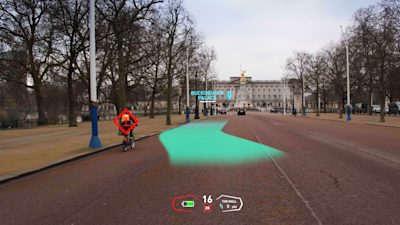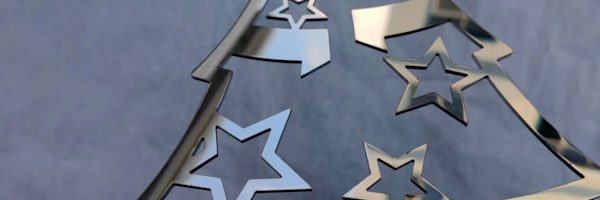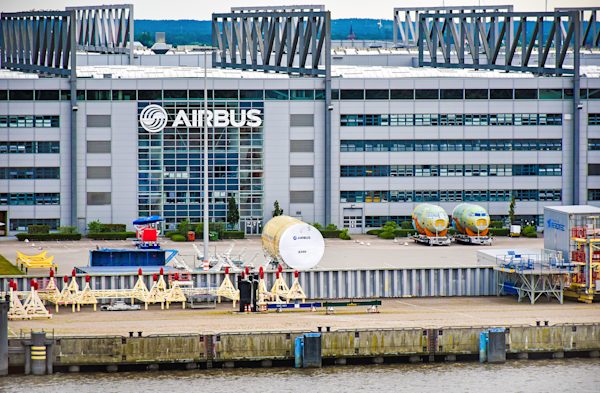Envisics’ holographic augmented reality in head-up displays (AR-HUD) overlays real-time information such as driving directions, speed, and hazard warnings onto the real world. The futuristic concept is based on what Envisics calls a “Dynamic Holography Platform” – and it has to be seen to be believed. As such, trade shows and live customer demos offer invaluable opportunities to showcase the technology. That’s where Luis Rollon Perez comes in.
As Product Engineer on Envisics’ program team, Rollon Perez acts as a go-between for R&D and its sales department, ensuring that the AR HUD’s designs are optimized, and that sales is able to accurately and easily communicate its finer technical points to potential customers.
There’s almost nowhere sales and R&D better converge than a live demo, where Envisics can show the public the innovative tech on the not-so-distant horizon. However, the AR HUD requires a windshield to function, and in the interest of space – especially on trade show floors – one that is preferably not attached to a car.
“Windshields are a strange shape – they aren’t perfect rectangles, and they’re curved and very big,” Rollon Perez said. “So we need an aluminum frame to hold the windshield that mimics the windshield’s position in a car.”
These frames are neither easy nor cheap to manufacture, coming in at more than a meter in length and with tolerances as tight as 0.05 mm. Their complexity also means they can be time-consuming projects. When some manufacturers gave Rollon Perez an estimated six-week delivery date, he looked to our services for a more affordable, faster solution – and he found it.
“In comparison with the competition, the network was around 50% cheaper, and were two weeks quicker in manufacturing,” he said.
There’s also the matter of communication. Because of its complexity, a project like Envisics’ windshield frame presents many challenges to manufacturers, and sometimes requires a bit of back-and-forth with the client.
That’s fine with Rollon Perez – but it also places even more importance on first-time-right results; if he’s going to spend time and effort in communication, the frame has to be a perfect fit.
“But when I have an issue, I discuss it with the support team, and they’re always able to help me solve it,” he said. “They really support you and put the effort in. They also work to find you the best deals. I’m really happy with the platform.”
At a company like Envisics, there’s really no such thing as long-term planning. The organization moves quickly, in the direction and speed of technology that is exponentially evolving. Be it an optimized design change or an innovative new part, change is the name of the game to Rollon Perez and the Envisics team. This often negates – or entirely prevents – roadmaps (no pun intended) that look past more than a few months. For Rollon Perez, however, one thing is certain.
“I cannot predict the future, so I don’t know what parts we’ll be making,” he said. “But do see us continuing to work with the network.”








